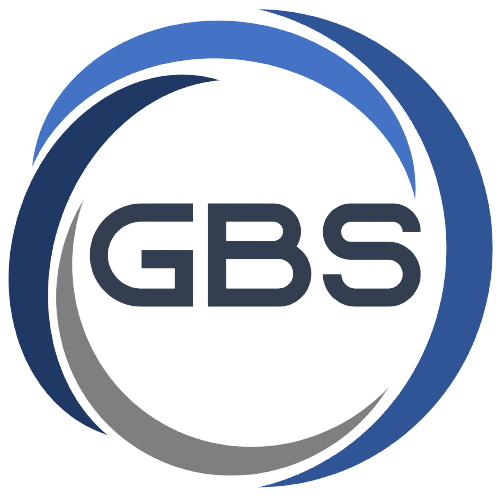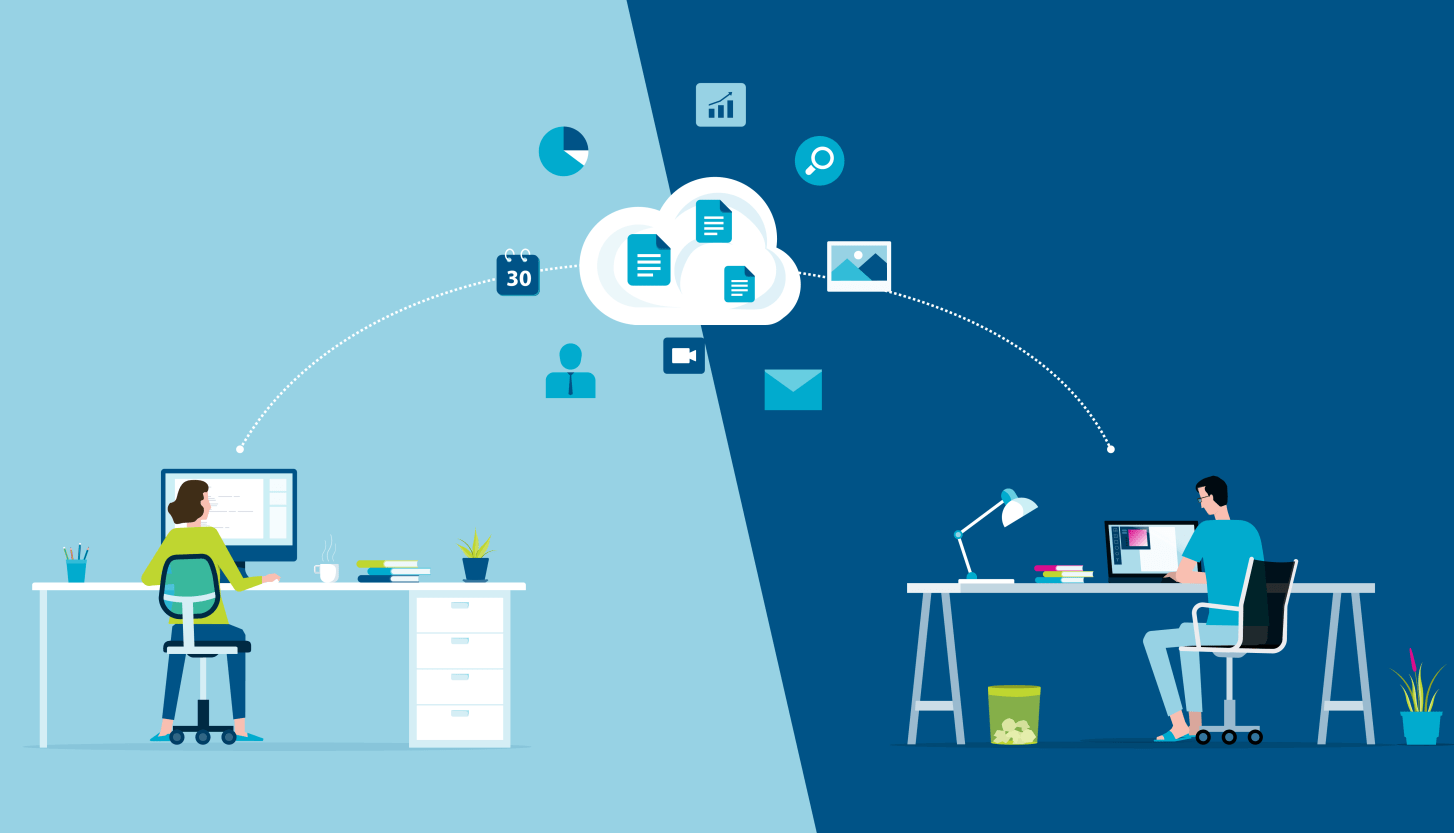Cloud-based HRMS
In the modern business landscape, agility, scalability, and efficiency are essential for success. As organizations strive to stay ahead of the curve, many are turning to cloud-based solutions to streamline their operations and drive growth. One area where this shift is particularly impactful is Human Resource Management Systems (HRMS). In this blog post, we’ll explore the benefits of migrating from an on-premise HRMS system to the cloud.
1. Enhanced Accessibility and Flexibility:
2. Scalability and Cost Savings:
3. Enhanced Security and Compliance:
4. Streamlined Maintenance and Updates:
5. Improved Disaster Recovery and Business Continuity:
In conclusion, migrating from an on-premise HRMS system to the cloud offers numerous benefits, including enhanced accessibility, scalability, cost savings, security, and streamlined maintenance. By embracing cloud technology, organizations can unlock new levels of efficiency, agility, and innovation, positioning themselves for success in today’s rapidly evolving business landscape.
Contact us today to schedule a consultation with our experts. They will be delighted to meet with you and discuss your plans to move on-cloud.
An is a powerful tool that can revolutionize your HR processes and drive your organizational success. In this ultimate guide, we dive into the benefits of incorporating an into your company’s core systems. We’ll also explore key features of an such as employee data management, recruitment and onboarding, performance management, time and attendance tracking, and training and development. Of course every major transformation has its challenges too – but we’ve got you covered with tips on handling these considerations. Let’s dive in!
In today’s fast-paced business world, managing human resources efficiently has become more important than ever before. Human resource management systems (), is a powerful tool that can revolutionize your HR processes and drive your organizational success.
But what exactly is an , and why should you consider implementing one?
An is a comprehensive software solution designed to streamline and automate various aspects of human resource management. From employee data administration to recruitment, performance evaluation, time tracking, training, and beyond – an effective can transform the way you manage all your HR processes.
In this ultimate guide, we dive into the many benefits of incorporating an into your company’s core systems.

